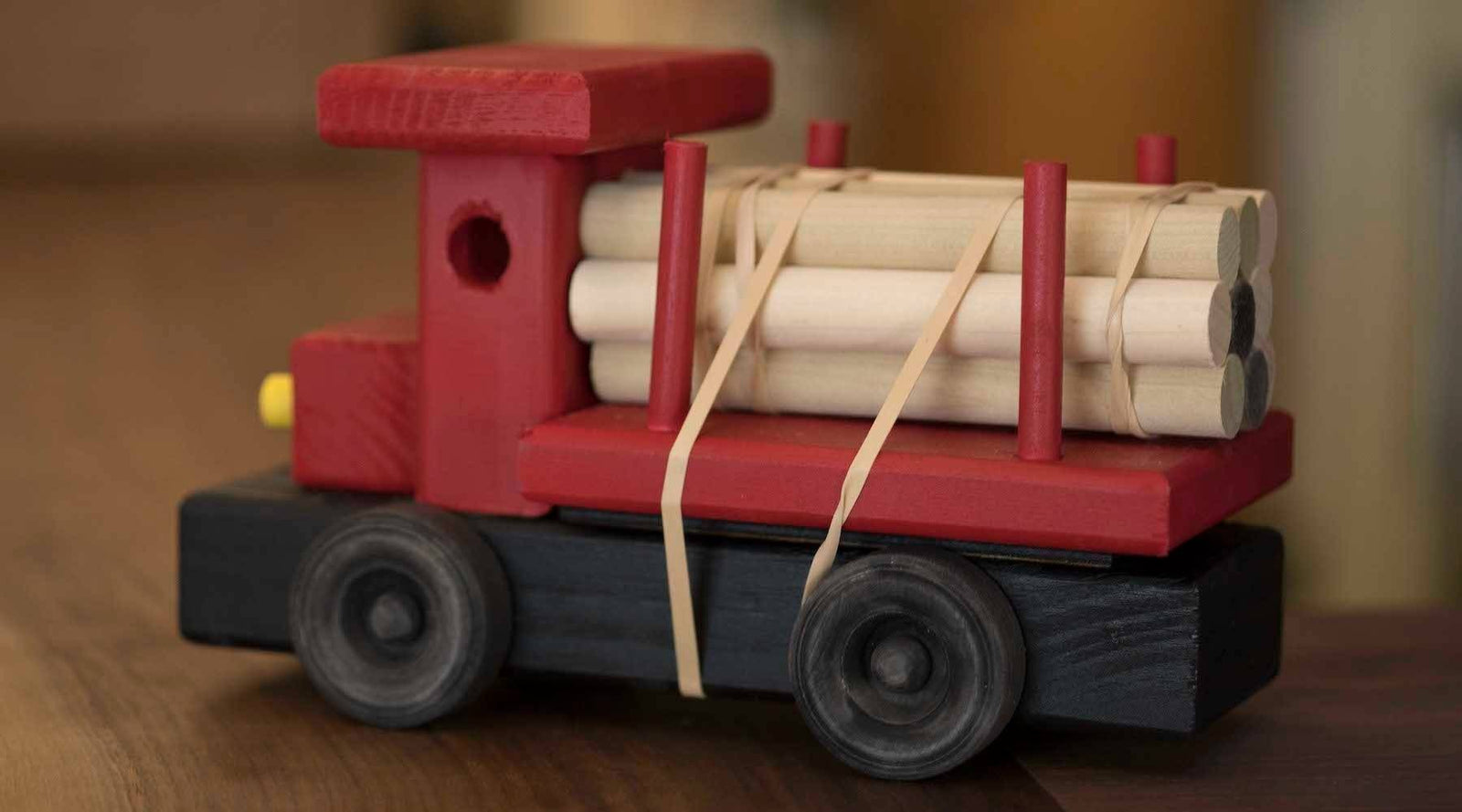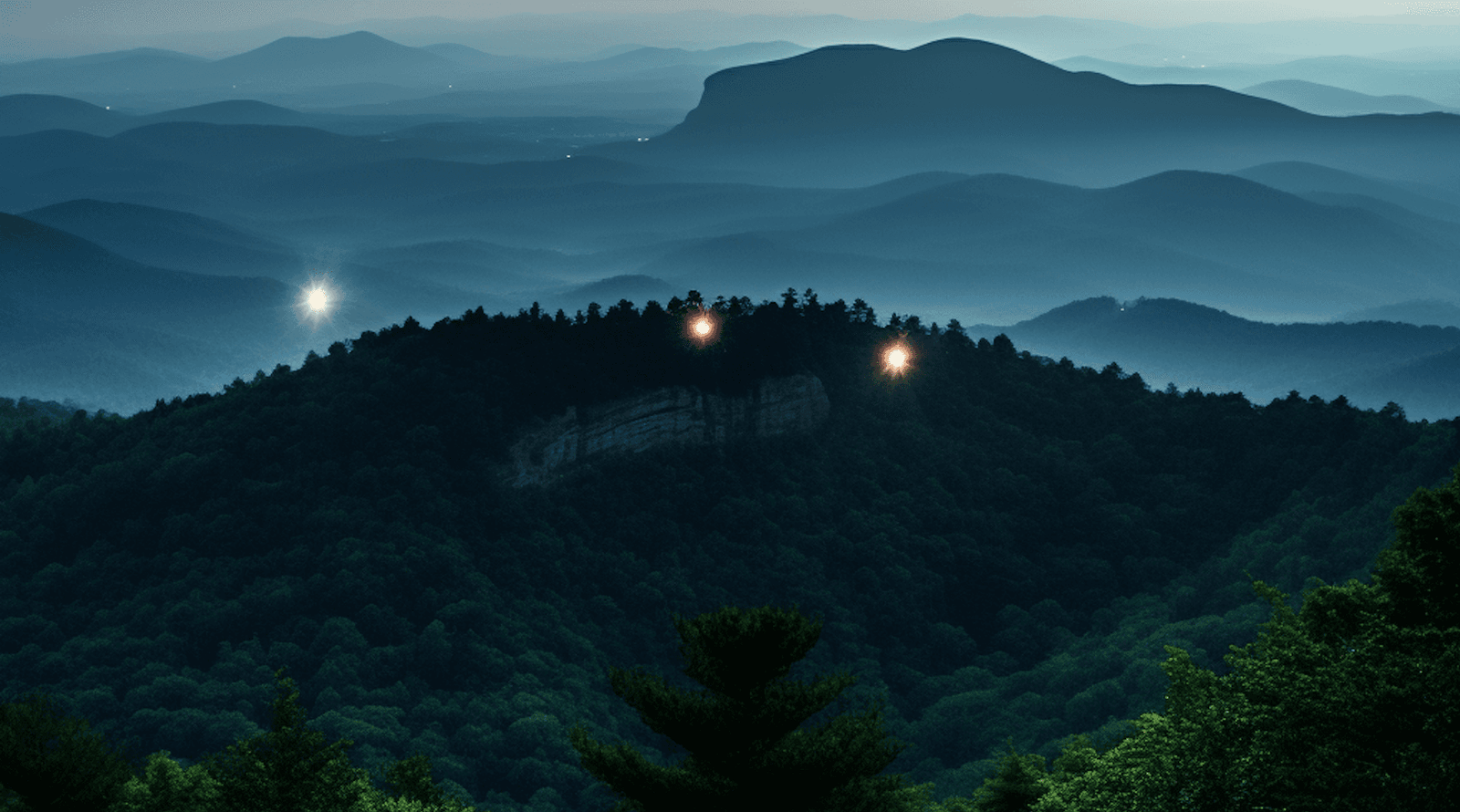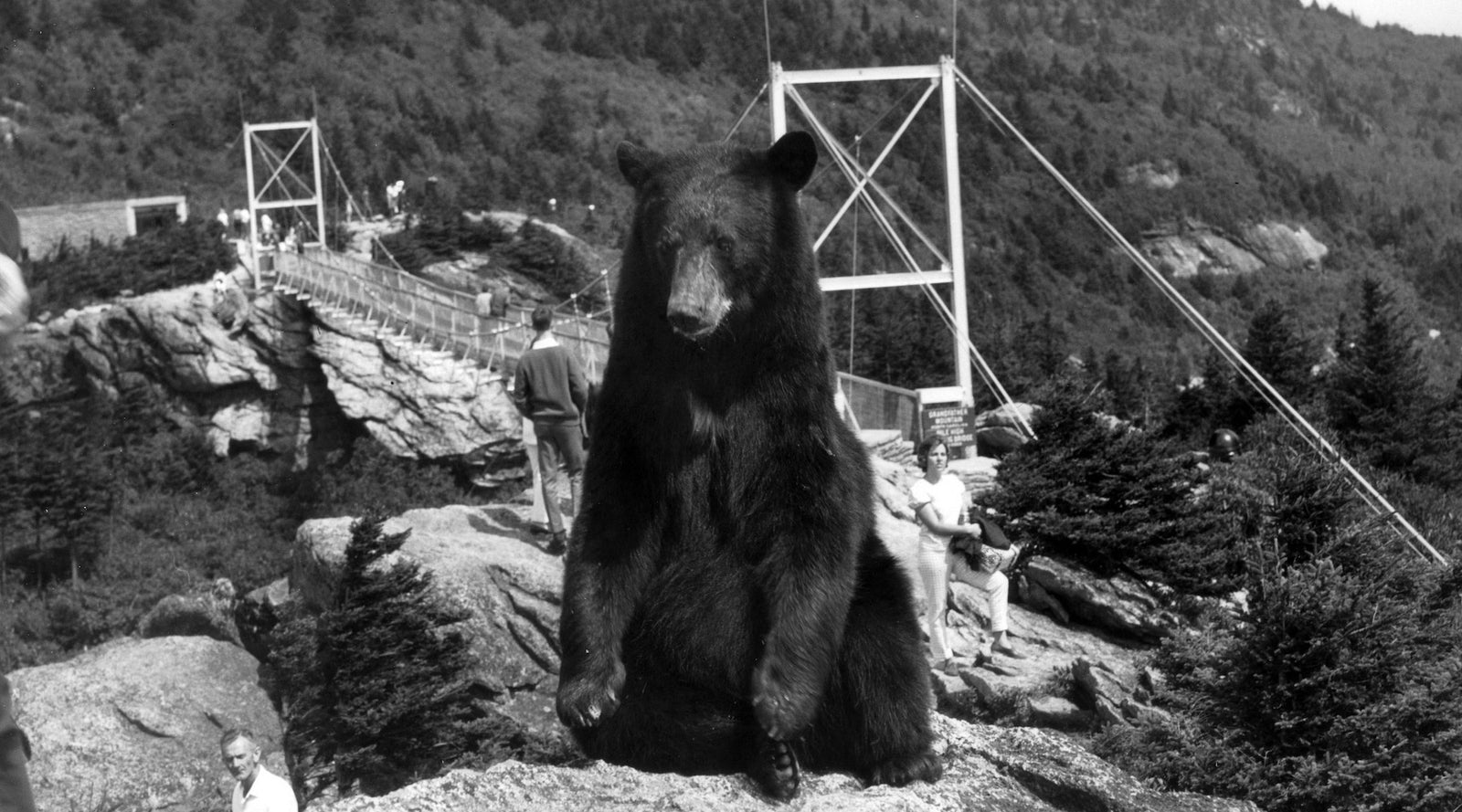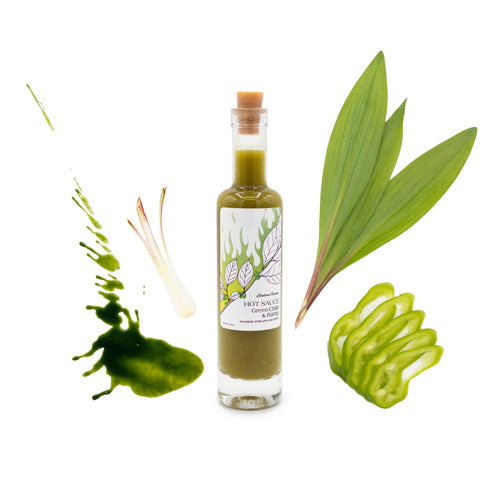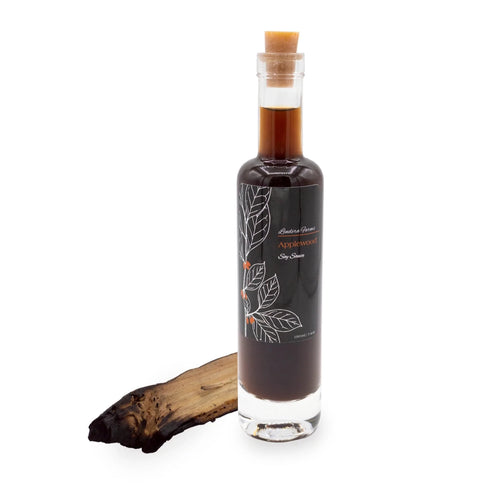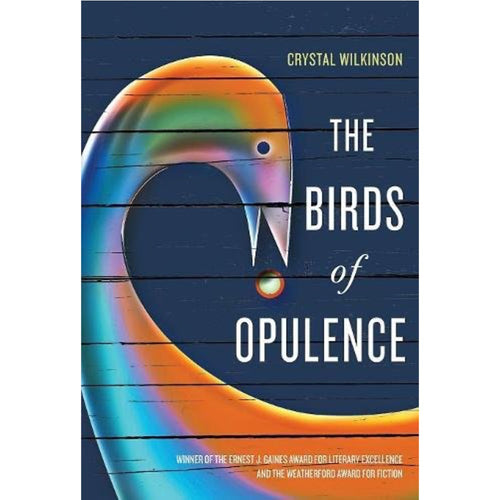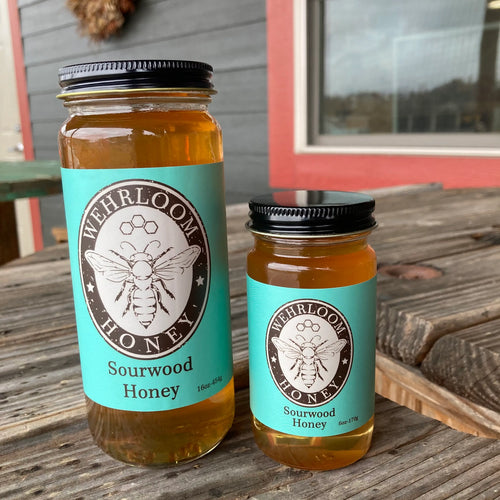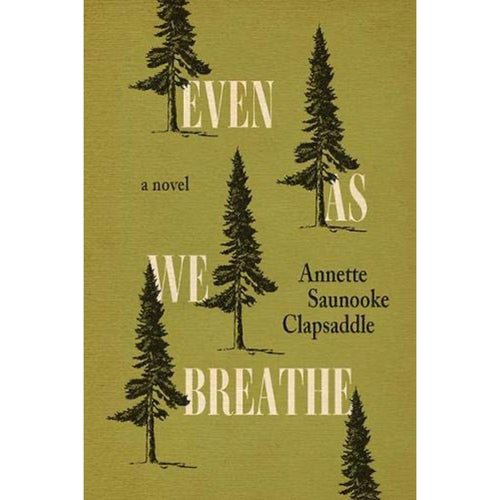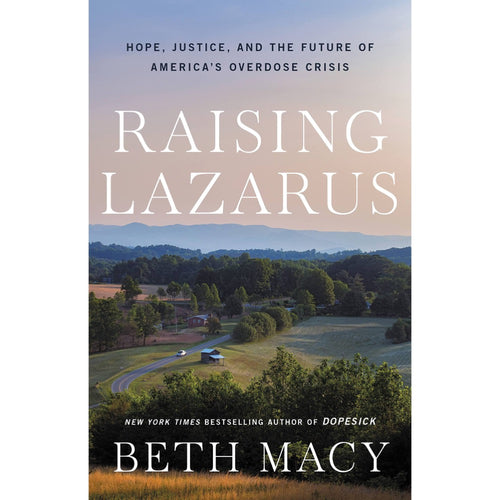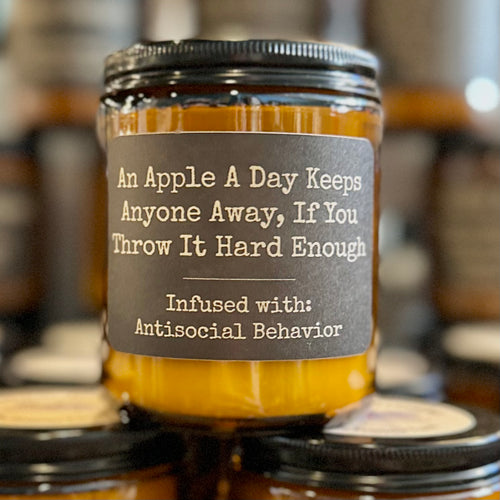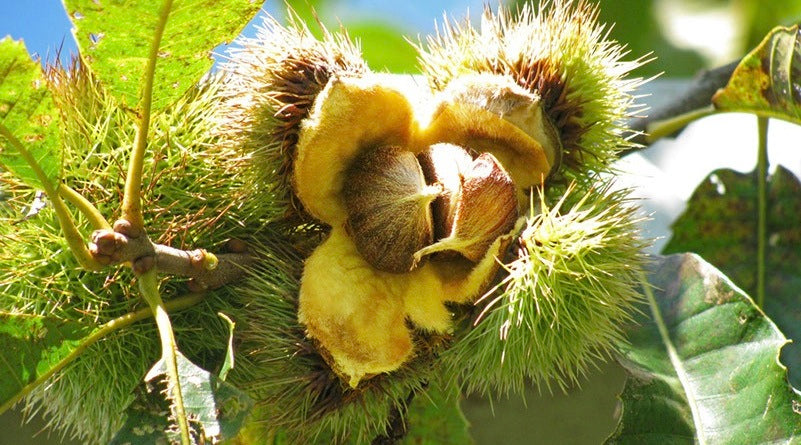
Chestnut wood was ideal for building. It was easy to split and decay resistant. With mature trees soaring to a hundred feet, there was also plenty of it. For centuries, it was used in houses, barns, flooring, and furniture. The wood was so strong it can still be found in split rail fences and old cabins throughout the region. The fruit was also important to settlers. Families harvested chestnuts by the bushel full to eat at home or sell in area markets.
Because the chestnut tree was central to Appalachia's economy and culture, its rapid decline was a blow for our ancestors. In the early 1900s, a deadly fungus was accidentally imported from Asia. It caused sunken cankers to form around chestnut tree trunks. This killed all of the wood above the wound and eventually took each tree down. As the blight spread, these grand trees fell, one by one. By the middle of the century, the American chestnut was all but extinct, leaving a gap in forest ecosystems and a hole in the lives of mountain people.
[caption id="attachment_6411" align="alignright" width="195"]
 Smoky Mountains Hiking Club rests at a large chestnut tree.[/caption]
Smoky Mountains Hiking Club rests at a large chestnut tree.[/caption]For decades, scientists attempted to revive the trees, to create a disease resistant variety. Their efforts were stymied by funding shortages, political whims and, as time passed, the deaths of everyone who remembered seeing plentiful chestnuts in forests, yards, and town squares.
The nation lost interest in the chestnut tree, and its fate might have been sealed were it not for the formation of The American Chestnut Foundation in the 1980s.
Its energetic founders, a group of scientists, set about uniting multiple sectors behind restoration efforts. They were helped by a budding commitment to native fauna among biologists and managers of public land. Gradually, research dollars expanded, breakthroughs were made, and by the first decade of this century, the Foundation had develop a promising strain of the American chestnut.
The new tree was a hybrid--the marriage of the American chestnut and its cousin, the Chinese chestnut. “We diluted out all the traits of the Chinese chestnut except for blight resistance," the foundation’s chief scientist recently told The New York Times. This left the American chestnut biologically intact, adding the important ability to ward off the attacking fungus.
Since 2005, this new hybrid has been growing in high-profiles spots around the country--the National Mall in D.C., the New York Botanical Garden, in other parks, and on school grounds. Now, for the first time, it is being tested in the wild. According to the Times, the trees are being planted across more than 360 acres in Pennsylvania, West Virginia, Virginia, Kentucky, and Tennessee over the next three years.
While these innovative trees aren't available for purchase, you have a chance to get your hands on one. Just visit Heartwood, the Appalachian heritage center in Abingdon, Virginia, during its 3rd Annual Chestnut Restoration Celebration. The event is October 13, starting at 10 AM.
During it, you'll hear stories about these cherished trees from naturalist Doug Elliot and Abingdon-based storyteller Donnamarie Emmert. While munching on fresh roasted chestnuts and other refreshments, you'll receive a briefing on the ongoing restoration efforts; and perhaps most importantly, you'll be able to enter a raffle to win rare Restoration Chestnut seedlings--the strain that is currently being tested across our region.
Tickets are $25.00 for adults and $40.00 for families. The cost of admission also covers membership in the Adopt-A-Tree program, which supports restoration efforts and provides you with ongoing updates.
All told, it's the perfect opportunity to join this growing movement. Who knows. In a few decades, you may point to the tree growing in your yard and tell your grandkids that you were part of this uniquely American success story, that you helped revive the American chestnut.
*
Have you spotted one of the few remaining American chestnuts in your neck of the woods? How do they look? Think you'll plant the new variety if it is a success?
Share you chestnut memories and thoughts here.
*
UPDATE: Over on Facebook, Jeff Wallace flagged the opportunity to get Restoration Chestnut seeds. With your $300 annual sponsorship of the The American Chestnut Foundation, you receive two seeds to plant in your yard or woods. Thanks, Jeff!


